Microsoft Excel is a vital tool for data analysis, business operations, budgeting, and project tracking. Whether you're managing monthly expenses or working on a complex financial model, Excel is a go-to software for professionals and students alike.
But sometimes, things don’t go as planned. You open an Excel file, and instead of diving into your data, you're greeted with a "Protected View" warning, or find the file is read-only, preventing any changes. This can be frustrating, especially when working under tight deadlines.
So, how do you enable editing in Excel? And what if your file won’t open at all due to corruption or unreadable content? That’s where Repairit comes in—a powerful tool designed to repair damaged, inaccessible, or corrupted Excel files effortlessly.
In this article
Part 1: What Does “Enable Editing” in Excel Mean?
When you open an Excel file and see a yellow warning bar with a button labeled “Enable Editing,” you’re dealing with something called Protected View.
Protected View is a built-in Microsoft Excel security feature. It opens files in a read-only mode to protect your system from potential threats, especially when:
- The file is downloaded from the internet
- It's received as an email attachment.
- It’s stored in a location considered unsafe.
This helps prevent malicious code or macros from harming your device.
Why Is Editing Disabled in Excel?
There are a few reasons why editing might be disabled when opening a file in Excel:
- Downloaded from the web – Excel sees it as risky and opens it in Protected View.
- Email attachments – Often flagged to avoid macro-based attacks.
- The file is marked as read-only – It may be intentionally locked.
- Trust Center settings – These settings might be restricting access.
- File opened from another user or network location – Sometimes, IT policies apply extra restrictions.
If you trust the source, enabling editing in Excel is usually safe. But if the file is unresponsive or won’t allow editing even after enabling, it could be damaged or corrupted. That’s when a smart tool like Repairit comes in handy.
Part 2: How to Enable Editing in Excel – Step-by-Step Guide
If you’ve ever asked, “How do I enable editing in Excel?”, you’re not alone. Let’s break it down for both Windows and Mac users so you can get back to editing without hassle.
For Windows Users
When Excel opens a file in Protected View, you’ll usually see a yellow bar at the top that says the file is from an untrusted location. Follow these steps to enable editing in Excel:
Method 1: Click 'Enable Editing'
- Open the Excel file.
- If you trust the source, simply click Enable Editing on the yellow warning bar.
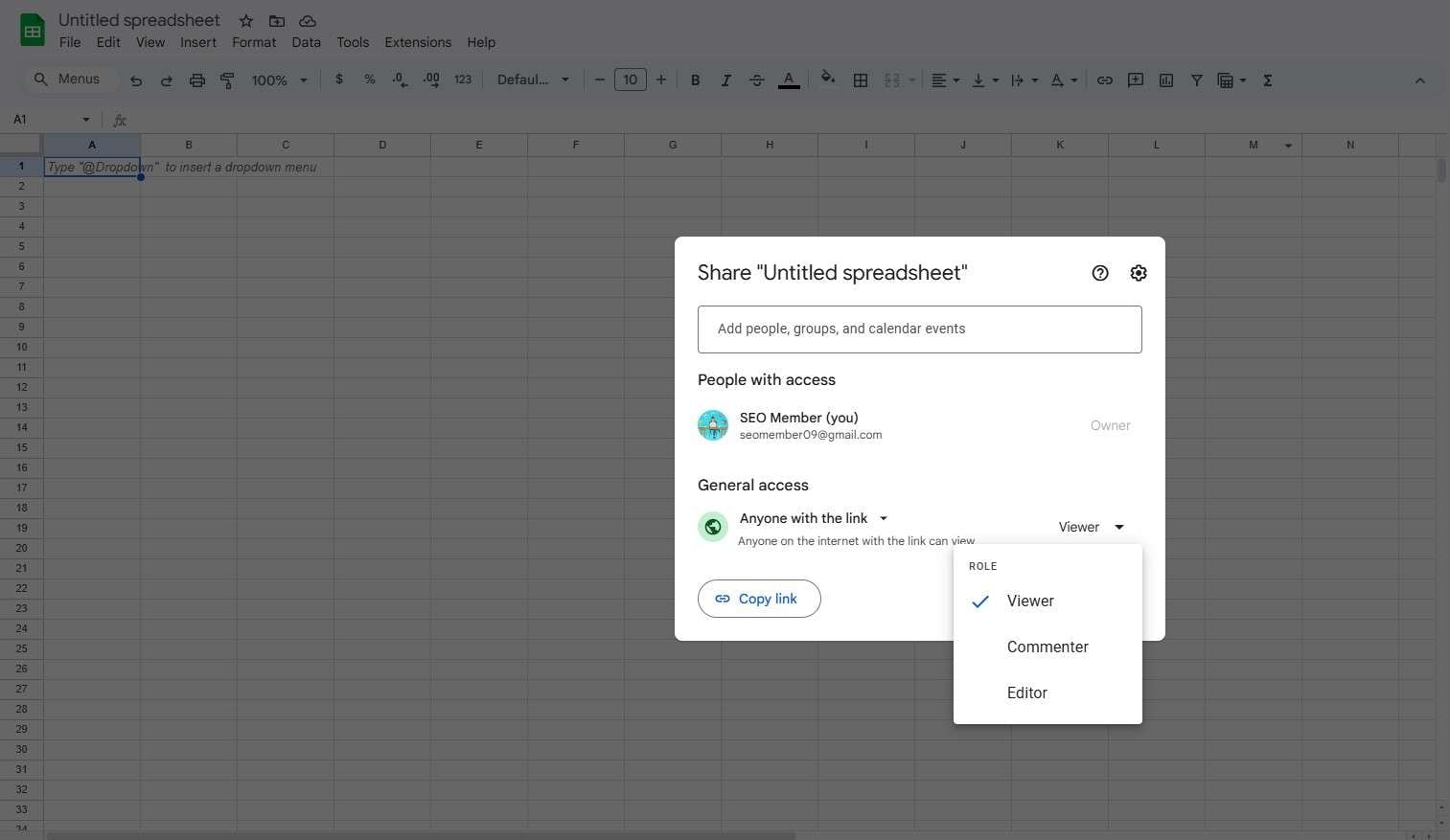
If the button doesn’t appear, or if you want to make Excel trust certain files automatically, continue with the steps below.
Method 2: Open Trust Center Settings
- Go to File > Options.
- Click on Trust Center in the left-hand menu.
- Then click Trust Center Settings.
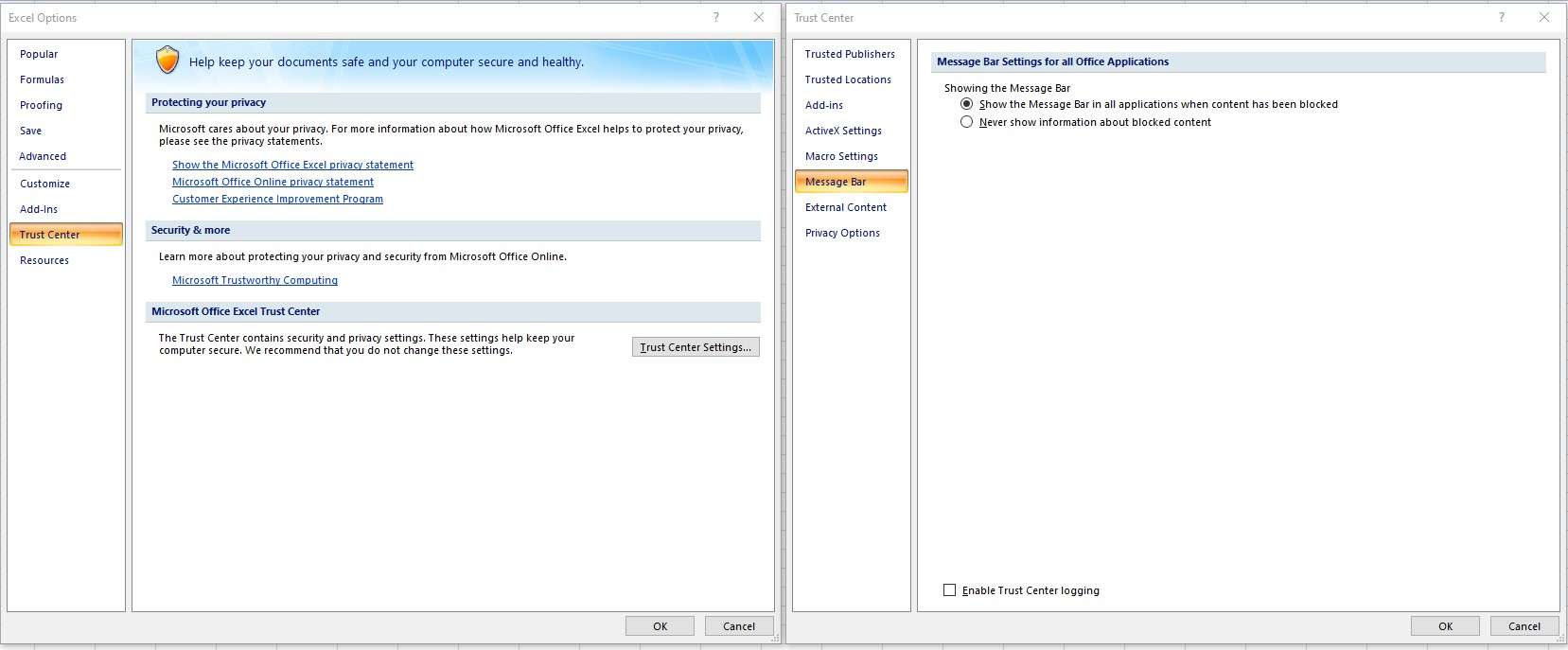
Method 3: Modify Protected View Settings
- In the Trust Center, select Protected View.
- You’ll see checkboxes like:
Enable Protected View for files from the Internet.
Enable Protected View for Outlook attachments.
Enable Protected View for files located in potentially unsafe locations.
- You can uncheck these if you want to disable Protected View for specific scenarios.
Only disable options if you trust the file sources.
Method 4: Add Safe Locations
- Still in Trust Center, go to Trusted Locations.
- Click Add new location and choose folders where files should always open with editing enabled.
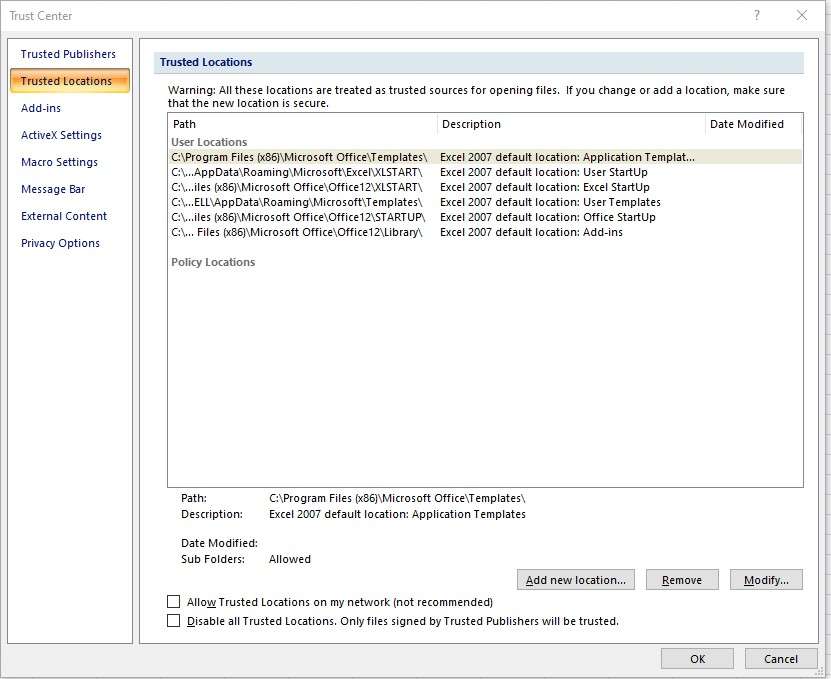
For Mac Users
If you're using Excel on macOS and wondering how to enable editing in Excel, here's how:
Method 1: Check File Permissions
- Right-click the file in Finder > Select Get Info.
- Under Sharing & Permissions, make sure you have Read & Write access.
Method 2: Adjust Excel Preferences
- Open Excel > Go to Preferences.
- Navigate to Security & Privacy.
- Uncheck any settings that restrict opening or editing downloaded files.
Method 3: Save a Local Copy
- If the file is from OneDrive or Google Drive, click File > Save As and save a local version.
- Alternatively, choose Duplicate to create an editable copy on your Mac.
Now you know how to enable editing on Excel, whether you’re using Windows or Mac. But what if the file still won’t open, crashes, or appears blank? That’s when you need more than settings — you need a repair tool.
Part 3: Common Issues When You Can’t Enable Editing
Sometimes, even after following the usual steps, Excel won’t let you enable editing. Here are the most common reasons why, and what they mean for your file:
1. File Corruption or Unreadable Content
If Excel displays an error like “The file is corrupted and cannot be opened,” your spreadsheet might be damaged. This can happen due to:
- Sudden power loss while saving
- Virus or malware attack
- File transfer interruptions
In such cases, editing is blocked by default, and standard settings won’t help.
2. Administrative Lock or Policy Restrictions
Your organization may enforce strict security policies via group policy settings, preventing:
- Editing of files from unknown sources
- Modifying documents on shared networks
This is common in corporate environments. Only your IT admin can adjust these permissions.
3. Excel Crashes While Opening Specific Files
If Excel keeps crashing or freezing when trying to open a file:
- The file might be corrupt
- Macros or embedded links may be causing instability.
- Compatibility issues could be at play.
This often requires more than a quick setting tweak.
4. Differences in Excel Versions
Older Excel files may behave differently in newer versions, or vice versa.
- Features may not load properly.
- Editing restrictions might apply.
- Compatibility mode can cause issues.
Always check if you’re using a supported file format (.xls or .xlsx) and update Excel if needed.
Bonus Section: Use Repairit to Fix Inaccessible Excel Files
When nothing else works, and you're still stuck with an unreadable file, it's time to use a smarter solution.
Repairit is a powerful Excel repair tool designed to fix damaged, corrupted, or unreadable Excel files. Whether it's .xls or .xlsx, Repairit can restore it, along with your data, formatting, and formulas.
Key Features of Repairit

-
Repair damaged Excel files with all levels of corruption, including blank files, files not opening, unrecognizable format, unreadable content, files layout changed, etc.
-
Repairs all kinds of data stored in damaged Excel files such as tables, charts, formulas, comments, images, etc.
-
Support all formats of Excel files: XLSX/XLSM/XLTX/XLTM/XLS
-
Perfectly repair corrupted files with a very high success rate, without modifying the original file.
-
No limit to the number and size of the repairable files.
-
Support Windows 11/10/8/7/Vista, Windows Server 2003/2008/2012/2016/2019/2022, and macOS 10.10~macOS 13.
-
Except Excel, Repairit also supports all formats of PDF, Word, Excel, PowerPoint, ZIP, and Adobe files.
Fast, simple, and user-friendly
Step-by-Step: How to Repair Excel Files Using Repairit
Step 1. Open the tool and click “Add File” to upload the corrupted Excel spreadsheet.
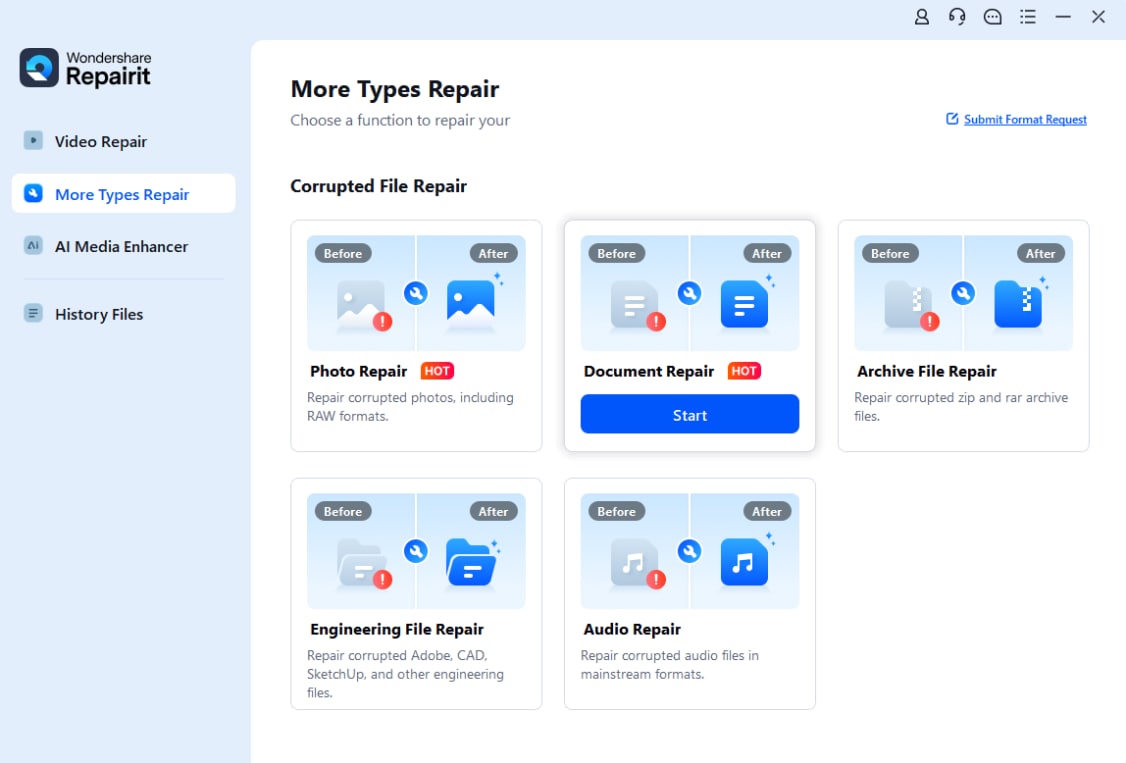
Step 2. Click “Repair” to start the process. The tool scans for errors and damage.
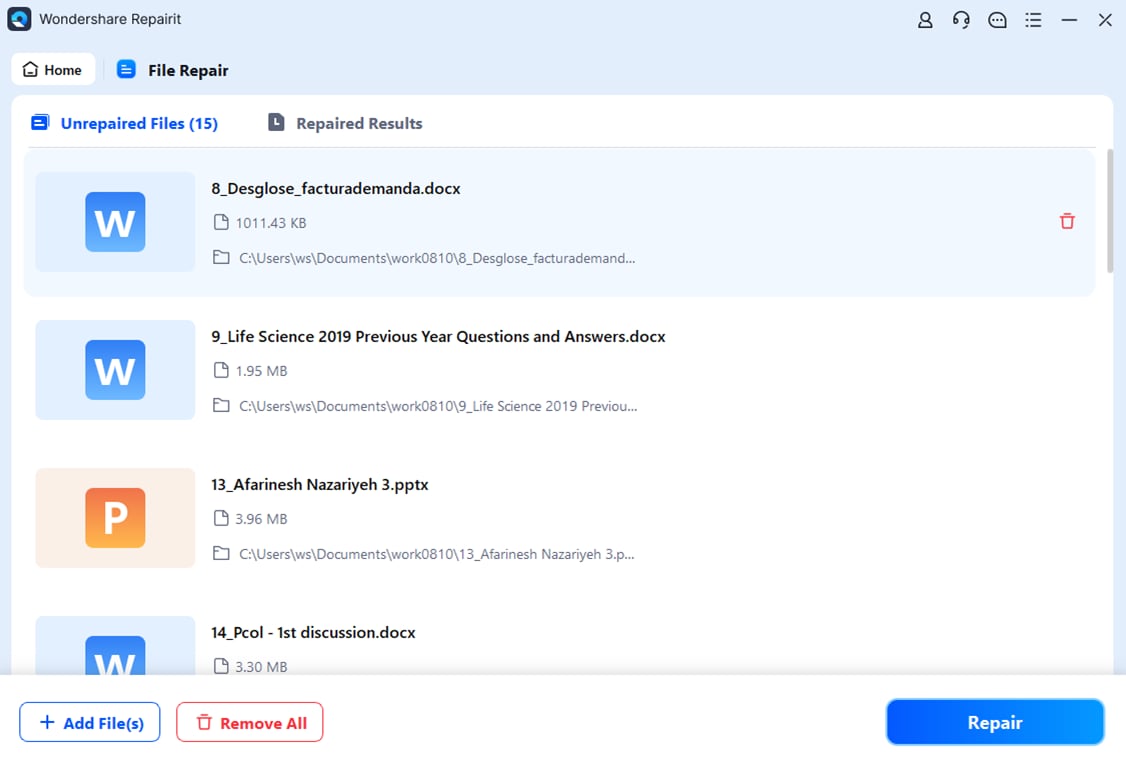
Step 3. Once fixed, preview the file and click “Save” to export it safely.
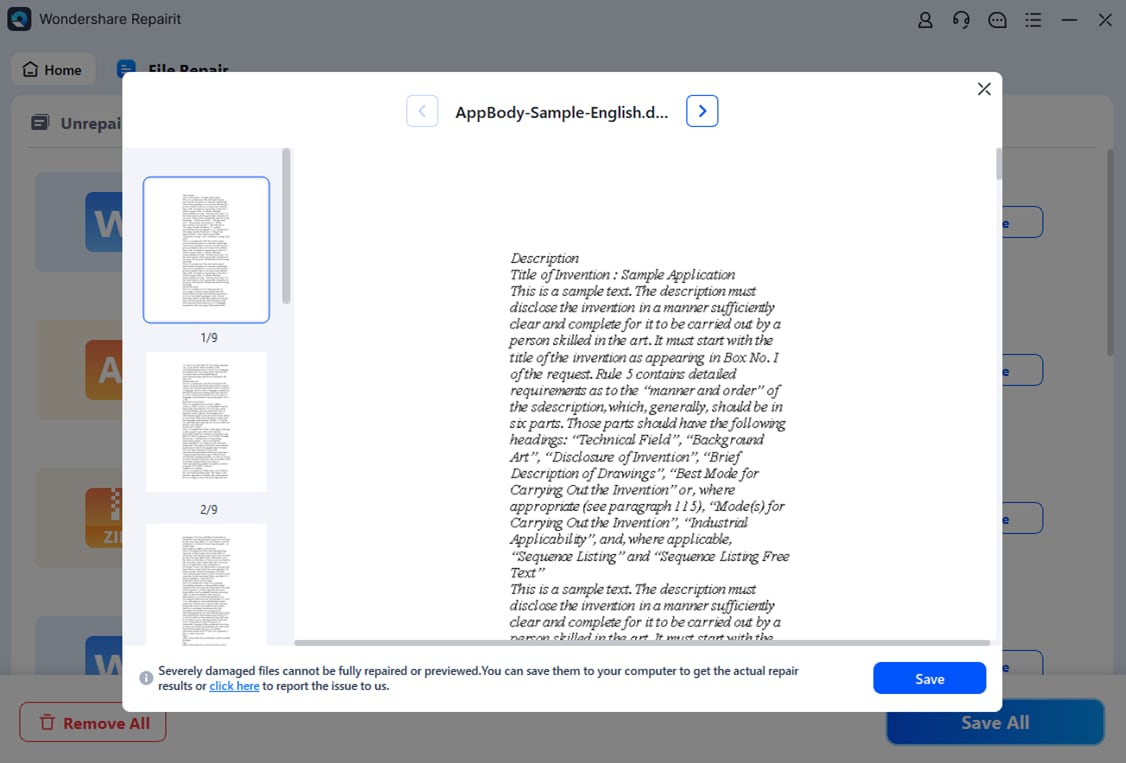
Even files that crash Excel or show unreadable content can be restored!
Repair Corrupted Excel Files

Part 4: When to Use Excel Settings vs. Repairit Tool
Knowing when to enable editing in Excel using built-in settings—and when to bring in a professional repair tool—can save you time and protect your data.
Let’s break it down with a simple comparison:
Excel Settings vs. Wondershare Repairit
| Scenario | Recommended Tool | Why It Works |
| File from a known source, blocked | Excel Settings | Quickly remove Protected View warnings using Trust Center options |
| The Excel file won’t open or crash | Repairit | Repair damaged Excel files that are unreadable or corrupted |
| Data missing after file opens | Repairit | Recovers full content, including charts, formulas, and formatting |
| Minor security warnings only | Excel Settings | Fast fix for low-risk, secure environments |
| The file structure is broken or unreadable | Repairit | Goes beyond Excel’s limits to restore file integrity |
Quick Tip:
If you’ve tried enabling editing in Excel and the file still won’t open, freeze, or looks incomplete, skip the troubleshooting and go straight to Repairit.
Try Wondershare Repairit now to recover Excel files with just a few clicks.
Conclusion
When dealing with locked or unresponsive spreadsheets, it's important to know when to enable editing in Excel and when to look for a more advanced fix.
- Use Excel’s Trust Center settings if the file is from a safe source but opens in Protected View.
- If your Excel file is corrupted, unreadable, or missing data, basic settings won't be enough.
That’s where Repairit comes in. It’s the smartest solution for broken, damaged, or inaccessible Excel files—saving your time, data, and peace of mind.
Don’t let a faulty file disrupt your work. Try Repairit today and get back to editing with confidence.
FAQ
-
Q: Why can’t I enable editing in Excel even after clicking the button?
A: Your file might be corrupted, restricted by admin policy, or stored in a location Excel doesn’t trust. Try saving a copy locally, or use Wondershare Repairit to check for damage. -
Q: How do I permanently disable Protected View in Excel?
A: Go to File > Options > Trust Center > Trust Center Settings > Protected View, then uncheck all three options. Only do this if you regularly work with trusted files. -
Q: Can I recover data from a corrupted Excel file that won’t open?
A: Yes. Use Wondershare Repairit to scan and restore unreadable Excel files. It recovers everything from data tables to formulas and formatting.
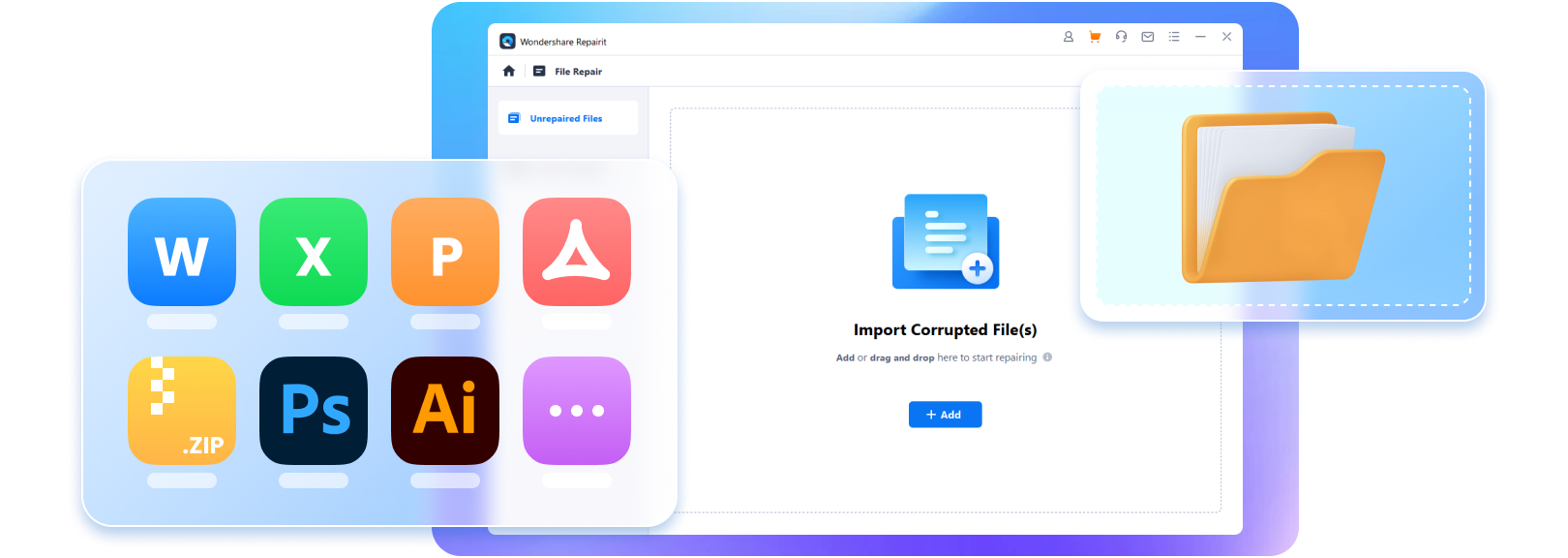

 ChatGPT
ChatGPT
 Perplexity
Perplexity
 Google AI Mode
Google AI Mode
 Grok
Grok

